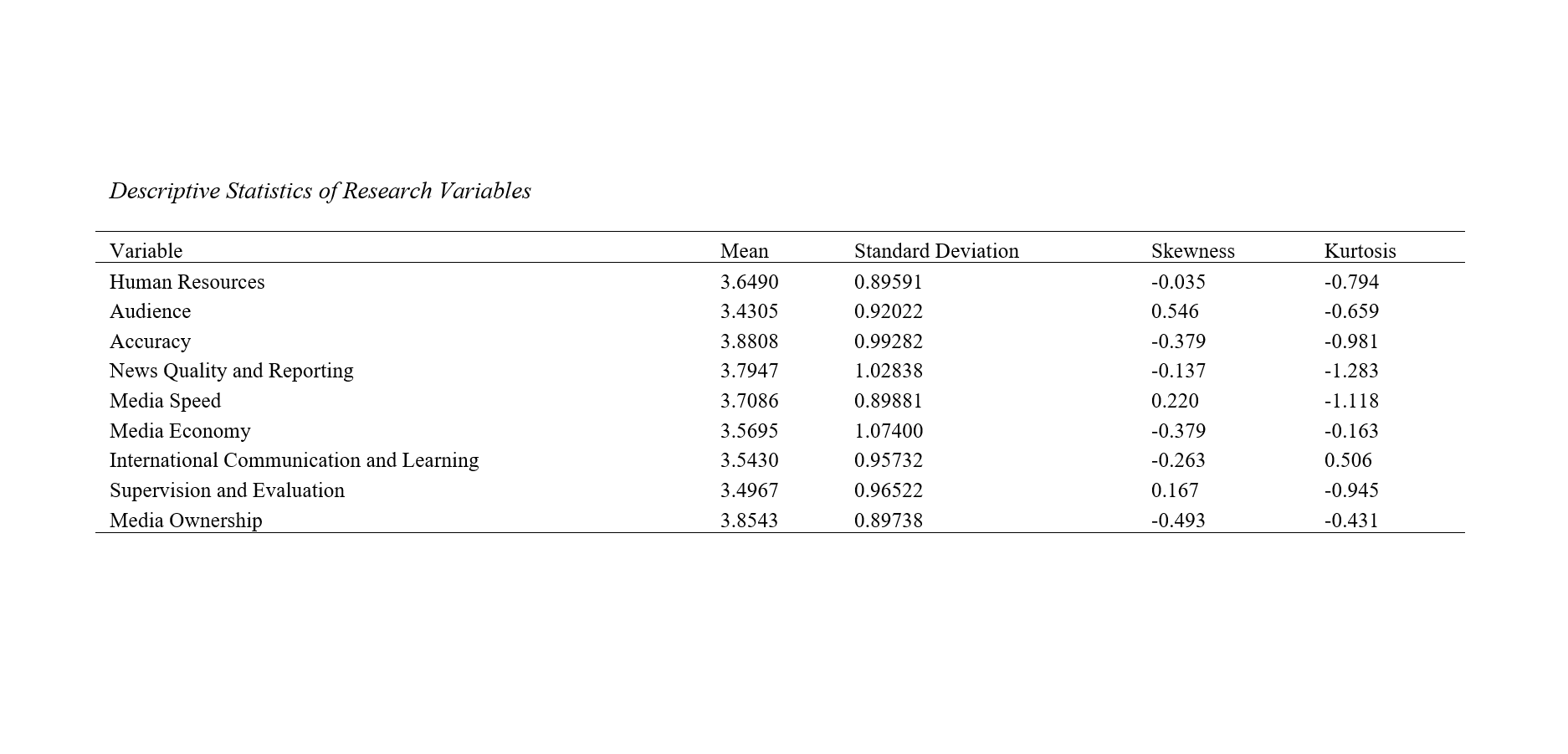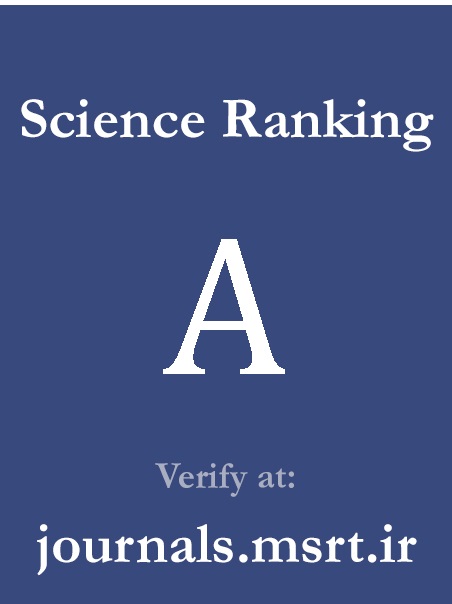Designing a Media Trust Model in Sports
Keywords:
Model, Trust, Media, SportsAbstract
Aim: The aim of this study is to design a model for building media trust in sports.
Methodology: This research employs a mixed-methods approach, combining qualitative and quantitative methods. In the qualitative section, systematic library studies and exploratory interviews were used to extract components and frame them. In the quantitative section, the study is descriptive-correlational and applied in nature, conducted via surveys. The statistical population includes prominent professors in sports management who specialize in sports and Islam, as well as experts in Islamic civilization. These individuals were selected purposefully (36 interviews with 36 participants continued until theoretical saturation was achieved). In the qualitative phase, two tools were used: systematic library studies and exploratory interviews. In the quantitative phase, a researcher-developed questionnaire, derived from the qualitative phase, was used. The content or face validity of the questionnaire was confirmed by 10 sports management professors. The reliability or internal consistency was calculated using Cronbach's alpha in SPSS24 software (α = 0.89) and confirmed. In the qualitative section, three stages of coding were used to categorize the identified components. In the quantitative section, confirmatory factor analysis was used to confirm the research construct. Finally, structural modeling and multiple variable relationships were assessed using SmartPLS software.
Findings: The qualitative section identified 43 conceptual codes, 12 main categories, and 9 core codes. The core codes include media, human resources, audience, media economy, media supervision and evaluation, international communications and learning, news quality and reporting, accuracy, and speed. In the quantitative section, results showed that human resources (0.511), audience (0.431), accuracy (0.532), news quality and reporting (0.515), media speed (0.502), media economy (0.536), international communication and learning (0.485), supervision and evaluation (0.465), and media ownership (0.523) significantly contribute to media trust-building. Path analysis revealed that media trust-building is significantly influenced by audience, media economy, supervision and evaluation, international communications and learning, news quality and reporting, accuracy, and speed.
Conclusion: Based on this model, it is possible to assess the factors affecting media trust-building and, by prioritizing and addressing each factor, take appropriate actions to gain audience trust.
Downloads








